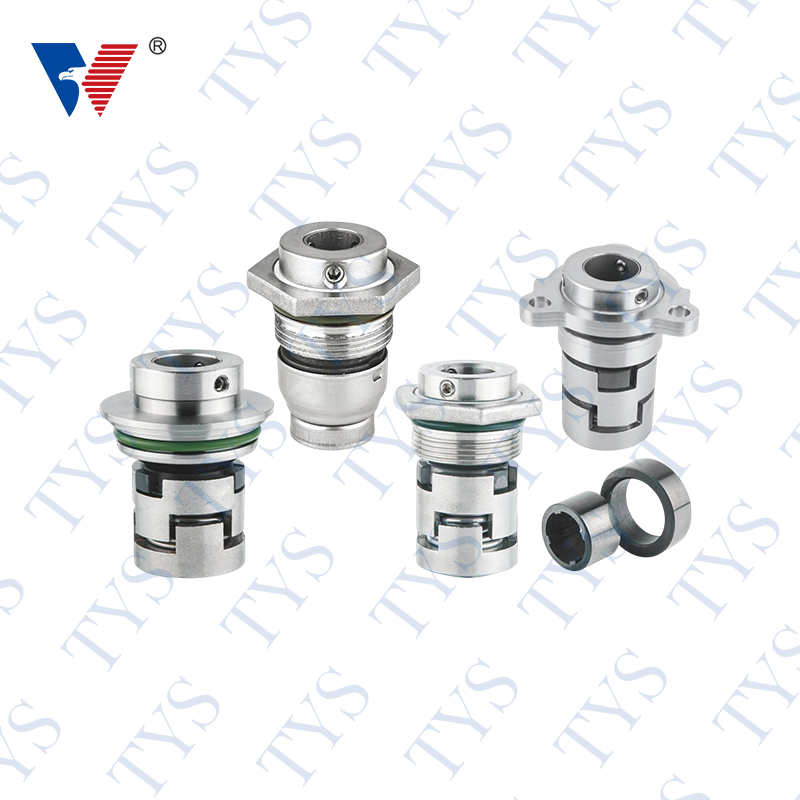The seal includes two different types of seals
Author:admin Date:2022-07-20
Submersible Pump Seal
In the design of a submersible pump, a seal is a mechanical device between a motor and a pump's housing. The seal includes two different types of seals. The primary seal is a simple rotary seal with a rotating seal member that engages a stationary one around the pump's shaft. The secondary seal has a stationary seal member and an inner diameter that slides or frictionally engages with the pump's housing and shaft.
Insufficient lubricating oil in a submersible pump can cause a grinding shaft in the pump. The friction torque is greater than the transmission torque between the seal and the shaft, causing relative rotation. Acid and alkali in sewage cause the rubber parts to lose elasticity and may be damaged. To avoid this problem, the rubber parts should be made of fluorine rubber. It resists high temperatures and weak acids.
In addition, mechanical seals are more forgiving than their hydraulic counterparts. They can withstand particle damage and large shaft movements, but they are less effective when the seal fails. Nonetheless, mechanical seals are often the best choice when you are in need of a quick replacement. The replacement process should be specific to the type of seal you need. However, this does not mean that you should never attempt to replace the existing seal without first consulting a mechanical seal manufacturer.
Submersible pumps frequently need repair after each use. Even if the pump's seal is not completely defective, water can still penetrate and cause significant damage. In this case, the pump's repair is delayed or even terminated. An alarm system is an additional safety feature. It uses probe sensors to detect early failure and will notify the pump operator that it's time for a replacement. A broken seal can also cause mercury leakage.
Mechanical seals are the most common cause of pump downtime. However, the application process is not as easy as it might sound. Moreover, mechanical seals require a deeper understanding of pump functionality. To avoid costly repairs and countless hours of downtime, it's important to choose a proper seal for your pump. If you are not sure which one to choose, consult a professional to help you make the right choice.
The primary seal is made of a cylindrical sleeve with an upper and lower adapter. The shaft and the pump's housing are secured together and the oil is filled between the two. A secondary seal separates the fluid between the two parts. Its main function is to prevent leakage. Unlike the rotary seal, a static seal is a relatively cheap option. The seal's stationary part is usually secured to the pump's housing with an o-ring or gasket.
The mechanical face seal is located at the top of the protection chamber and is lubricated from two sources. The liquid in the wellbore enters through a pressure differential setup and prevents the pump from leaking. It also cools the loaded face. If you don't understand the mechanics of a mechanical seal, you can't choose the right type. And if you're not sure what type of mechanical seal you need for your pump, consult with a professional.
copy.png)
copy.png)



 English
English 中文简体
中文简体








.png)







